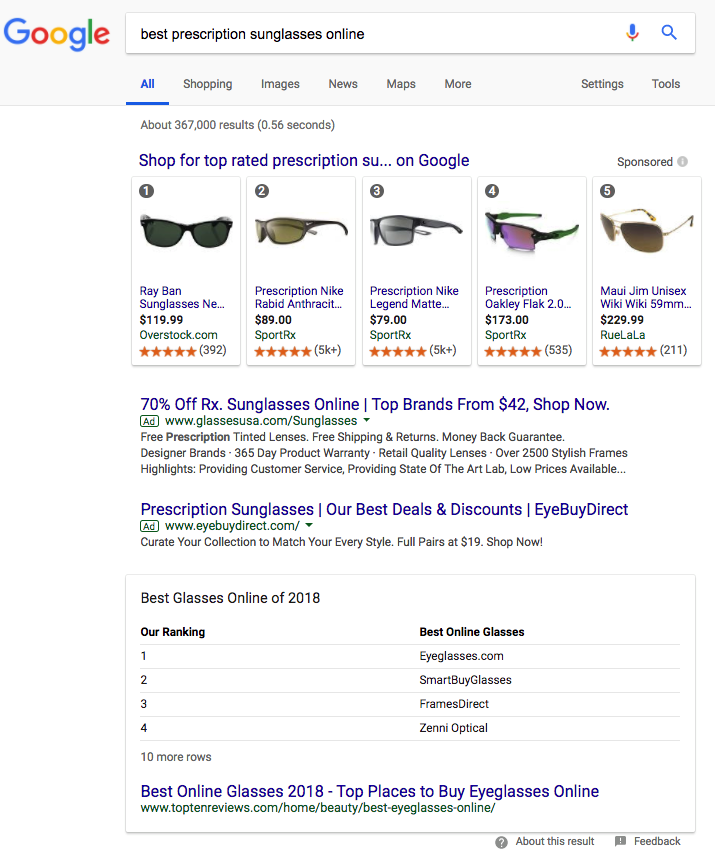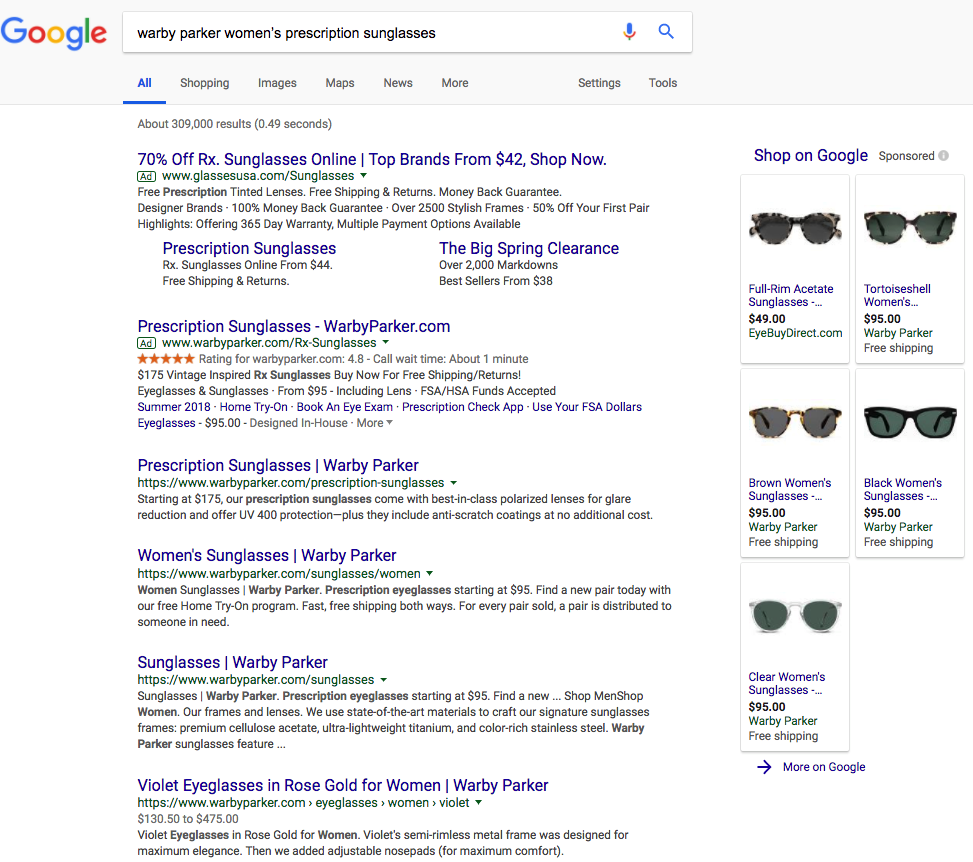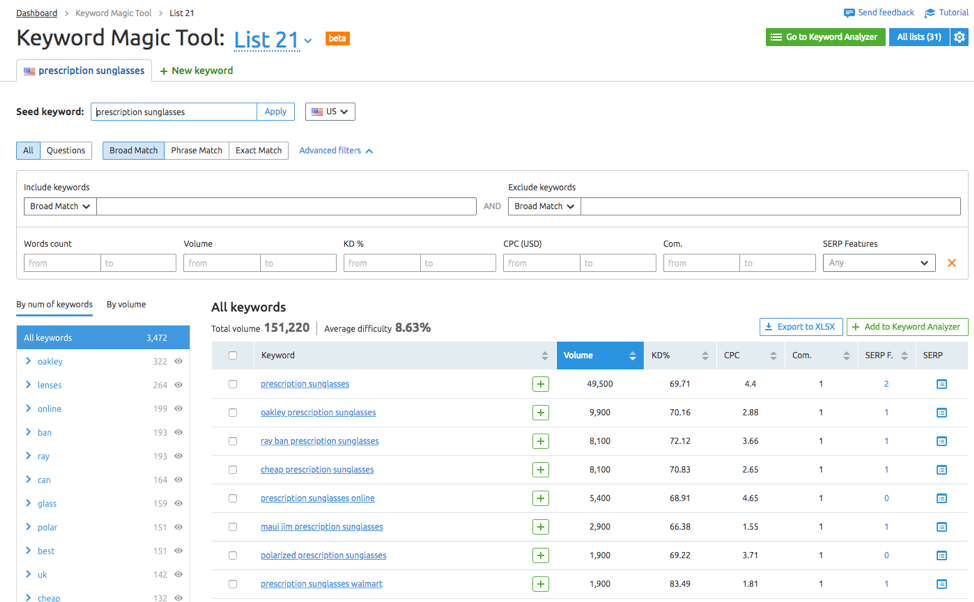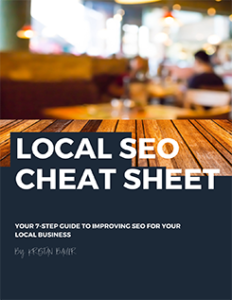
If the ultimate goal of search engine optimization (SEO) is to have your content discoverable for your target audience, then understanding your audience is critical to your SEO strategy. Unless you know the people who read your content, how they search and what they’re interested in, how will you be able to attract, engage and convert them?
Once you understand what motivates your customers, then you can communicate with them, develop products and craft content that meet their needs, and decide what strategy will reach them most effectively on every point — from design and copy to keyword research and content development. Understanding these details about your customers will help you plan your ideal SEO and content strategy.
Below is a step-by-step approach to understanding your audience better, which will, in turn, help you understand searcher behavior and craft your SEO strategy.
Here’s our list of 5 ideas on how to understand your audience for SEO.
1. Get to know your audience with analytics & social listening
When you want to know more about your target audience, start by understanding what content they’re engaging with the most. Analytics platforms (such as Google Analytics) will tell you a lot about the visitors to your website, including which pages and blog posts generate traffic (particularly traffic from social referrers).
Do posts about a certain topic generate a lot of traffic while posts about other topics don’t get many visitors? This is valuable information when choosing the topic of your next blog post.
Every social media platform also has its own analytics. In addition to using Google Analytics, monitor the social networks themselves. This is known as social listening.

Source: ThinkDigital
Social listening involves not only monitoring social media for mentions of your brand, competitors, products and any other topics that are relevant to your business but also looking at the overall mood behind the social media posts.
How do people actually feel about you, your competitors and your industry? Social listening can give you important insight into what your customers expect from you and how well you’re delivering on those expectations.
2. Conduct a search analysis of your competitors
Next, review competitive examples via search engine results pages (SERPs) to see what your competitors are doing and what results Google thinks are relevant.
Organic search starts with a question or query, and the goal is to provide an answer to that query.
Through an analysis of relevant SERPs, you can learn a few helpful tips:
- The type of content performs best in organic results for a strategic set of keyword targets
- The type of user experience and high-ranking content assets
- The type of competitors already present in these organic results
For example, if I’m searching for “best prescription sunglasses online,” then I’m likely still researching sunglasses and trying to identify frames which to buy. I’ll likely want to read the Consumer Report’s guide on “Your Guide to Buying Glasses Online” and the Lifehacker article on “Five Best Online Glasses Stores.”

Source: google.com
However, if I search for “warby parker women’s prescription sunglasses,” I might be closer to the conversion funnel and know exactly what I want to purchase. Google’s results should reflect the change in searcher intent to serve more specific product results.

Source: google.com
This search result analysis allows you to better understand the questions your target audience asks, which makes it easier to craft your online content so it becomes more visible in organic search — not just for any topics but for the right topics and to the right people.
This will also help inform you on what types of content and competitors are ranking already for your target keywords.
3. Research your demographic via third-party applications
First-party data — search data coming either from paid search visits to your site(s) or internal searches on your sites — is invaluable. However, if you don’t have your own customer data, third-party data offers useful demographic, behavioral and contextual information.
Generally, third-party data vendors — such as Experian and Acxiom — track site behavior from anonymous users and resell it in categories such as “sports enthusiasts” or “frugal families.”
Following the recent Cambridge Analytica privacy scandal, third-party data has been under the spotlight, but when used correctly, it can help you build better quality audience segments and gain more insight about how each audience segment searches. This allows you to start refining your keyword lists.
4. Conduct interviews with your actual customers
One of the most direct ways to gather information about your audience is through conducting a survey or interview with your actual customers and/or web visitors.
Website visitors
An easy way to reach website visitors is through an online questionnaire, typically triggered from an opt-in form or pop-up box. You can also hire survey professionals or use a survey site such as SurveyMonkey.
From here, you can gather demographics, such as age, gender, income level, education, employment, etc. Customer survey results will allow you to see general characteristics of your existing web audience.
Existing customers
Conducting interviews with several existing customers can be most helpful in understanding who has already purchased from you and why they’re a customer.
Ask questions that will reveal your customers’ personality traits, buying preferences, interests, and motivations, such as what they like best about your website, your products or your blog posts and why they come back to your website. Invite them to talk about their experience, and really listen to their answers, even if they’re not seemingly critical.
Both research methods offer information that will help you successfully market your content to new, potential customers and reach your ideal audience.
5. Do keyword research
Finally, you need to understand the keywords your audience is using to align your content with relevant terms and discover new content opportunities. This starts with doing keyword research. Keyword research is a critical part of understanding searcher behavior and the terms or topics your ideal audience uses when searching.
Using tools like Google AdWords, Google Trends or other third-party SEO tools, such as SEMrush or MozPro, can be helpful for conducting keyword research.
Start by brainstorming a few terms your audience might be searching for. Then, enter those keywords in tools such as SEMrush, MozPro or Google AdWords Keyword Planner. These tools should provide estimated monthly search volume, phrase matches, and related terms or topics based on the keywords you provided.
For example, using SEMrush’s keyword magic tool for keyword research is great for finding new phrases and related topics. Below shows the related keywords and topics when searching for “prescription sunglasses.”

Source: SEMrush Keyword Magic Tool
From here, you can gather a list of potential terms to target for content creation and brainstorm new topics for content development. This should help align your content efforts with topics that your ideal audience is interested in.
Conclusion
There are many ways to analyze or research your audience. Using a combination of all of them will give you the clearest impression.
Here’s a quick overview of steps you can take to better understand your audience:
- Start with Google Analytics and the analytic tools of your social media platforms. If your own analytics are lacking, turn to third-party research applications.
- Next, research search result pages to see what your competitors are doing and what content Google thinks are relevant to your market.
- Then, have your audience fill out an online questionnaire or conduct user interviews with your actual customers.
- Finally, do keyword research via Google AdWords, Google Trends or other third-party SEO tools such as SEMrush or Moz Pro.
Now, hopefully, you have a better idea of who your audience is and how they are searching. This will help you craft your content to become more relevant in organic search and help inform your ongoing SEO strategy.
If you found this helpful, please leave a comment below! I’d love to hear what’s most helpful in building your SEO and online audience.
Kristan is an independent consultant with 15 years of experience in the SEO industry. Kristan previously founded the award-winning SEO agency Conifr. She’s worked in agency and in-house SEO leadership positions, most notably as the SEO Director at Zillow Group, overseeing a channel that received over one billion web visitors a year. Kristan is a freelance SEO consultant who built and sold a seven-figure agency and now enjoys helping others develop their freelance business.







